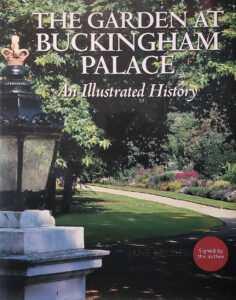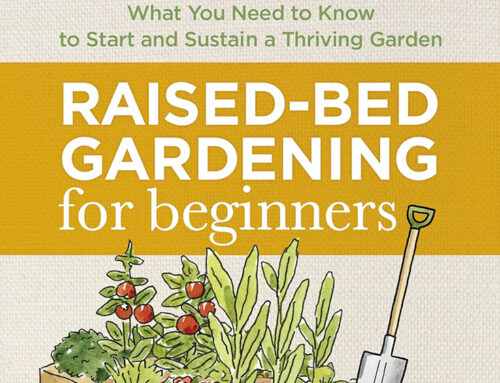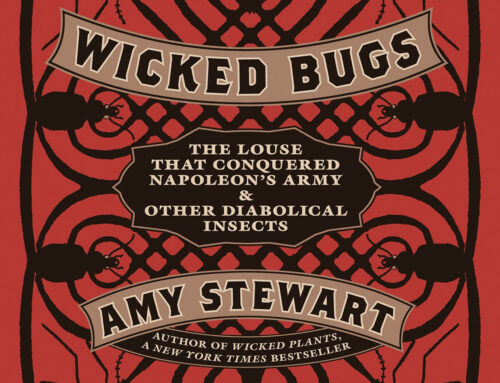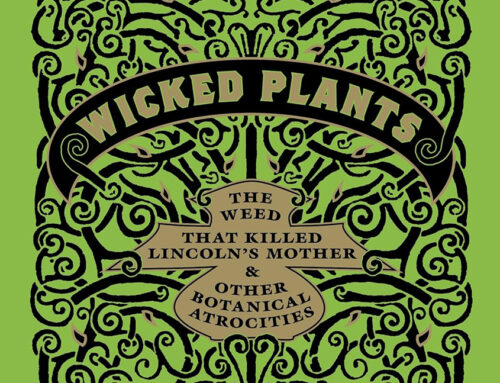Book Review: The Garden at Buckingham Palace
Reviewed by Brett Kerley
 Brown, Jane The Garden at Buckingham Palace: An Illustrated History Publisher: The Royal Collection, 2004 ISBN-13 : 978-1902163826
Brown, Jane The Garden at Buckingham Palace: An Illustrated History Publisher: The Royal Collection, 2004 ISBN-13 : 978-1902163826
The Garden at Buckingham Palace is a richly detailed and meticulously researched exploration of one of Britain’s most private and iconic gardens. Buckingham Palace has been the subject of countless histories, but few delve as intimately into its 39-acre garden — a space as steeped in tradition, symbolism, and horticultural mastery. Brown offers both an engaging narrative and a scholarly examination of this hidden world.
Structure and Content
The book is organized chronologically. It begins with the origins of the palace and its grounds when it was still Buckingham House, through the expansions and landscaping projects commissioned by successive monarchs. Brown charts the transformation of the grounds from marshy fields to a carefully curated landscape. Key contributors are highlighted, including William Kent and Capability Brown, and later influences by Sir William Chambers and Sir Joseph Paxton.
The depth of historical research is impressive. Brown draws upon royal archives, personal letters, architectural records, and horticultural journals. She interweaves the evolving garden design with the social and political changes that shaped each monarch’s reign. It travels from Queen Charlotte’s botanical ambitions to Queen Victoria’s desire to make the garden both a sanctuary and a stage for grand garden parties. Each chapter reflects the garden’s shifting role as it develops from a private retreat to a symbol of national identity and continuity.
Writing Style and Tone
Brown’s prose is elegant yet accessible. She writes with a genuine affection for her subject but never loses critical distance. The text is enriched by anecdotal details. We learn about the planting of trees, the eccentricities of the royal gardeners, and the importation of exotic species. There are even moments of drama, such as the destruction caused by the London fogs and the World War II bomb damage.
Her narrative is tinged with subtle wit and a sharp eye for detail. For example, Brown’s description of the garden’s resident wildlife (including the Queen’s beehives and the annual capture and release of fish for pond maintenance) gives readers an insider’s perspective on the living ecosystem of the palace grounds.
Illustrations
The photography, by Christopher Simon Sykes, elevates this book from informative to breathtaking. His images capture the majesty of sweeping lawns, the elegance of rose gardens, and the quiet intimacy of shaded pathways. Historical illustrations and archival plans sit alongside contemporary photographs. They allow readers to see the garden both as it was and as it is today. These visuals are both decorative and thoughtfully chosen to complement and deepen the reader’s understanding of the text.
Strengths and Weaknesses
The book’s greatest strength is its balance between scholarly rigor and narrative warmth. Brown excels at making history come alive, and her storytelling transforms what could have been a dry record into a captivating chronicle. Readers will gain an appreciation for the artistry and effort behind the garden’s creation and maintenance and insight into the personalities who shaped it.
If there is a minor shortcoming, it lies in the book’s tendency to focus more heavily on the monarchy than the horticulture. While the royal context is essential, there are moments when readers might prefer more technical discussion of garden maintenance, plant selection, and seasonal changes. Readers unfamiliar with British royal history may occasionally need to pause and look up certain references. However, this is a small price to pay for the depth of the narrative. I grew up in England, but I still had to google several historical moments in history just to get a grasp of the timelines.
About the Author
Jane Brown (1938–2016) was a highly respected British garden historian and author. She had an engaging writing style and the ability to blend horticultural expertise with social, cultural, and political history. Her tone was accessible, often warm, and sometimes gently humorous. She had a gift for making historical gardens feel alive and relevant, connecting the evolution of these spaces to the broader sweep of human stories.
Final Thoughts About The Garden at Buckingham Palace
The Garden at Buckingham Palace is both a visual delight and a masterclass in garden history writing. Whether you are a horticulture enthusiast, a lover of royal history, or simply someone who appreciates well-researched storytelling, Jane Brown’s book offers a fascinating journey behind the gates of one of the most famous, yet least-seen, gardens in the world. Since the book was published, the palace and its gardens have opened to the public during certain months of the year. My family and I were fortunate enough to visit back in 2019. I was in my element, taking lots of photos but with not enough time to explore. It’s well worth planning a visit.
















